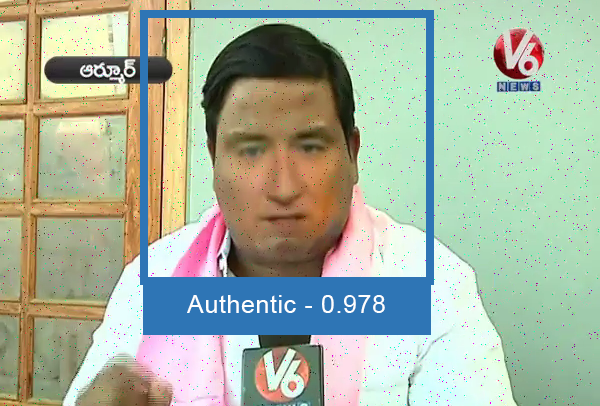
With the advancements made in the field of artificial intelligence (AI) in recent years, it has become more accessible to create facial forgeries in images and videos. In particular, face swapping deepfakes allow for convincing manipulations where a persons facial texture can be replaced with an arbitrary facial texture with the help of AI. Since such face swapping manipulations are nowadays commonly used for creating and spreading fake news and impersonation with the aim of defamation and fraud, it is of great importance to distinguish between authentic and manipulated content. In the past, several methods have been proposed to detect deepfakes. At the same time, new synthesis methods have also been introduced. In this work, we analyze whether the current state-of-the-art detection methods can detect modern deepfake methods that were not part of the training set. The experiments showed, that while many of the current detection methods are robust to common post-processing operations, they most often do not generalize well to unseen data.
Raphael Antonius Frick, Martin Steinebach, "One Detector to Rule Them All? On the Robustness and Generalizability of Current State-of-the-Art Deepfake Detection Methods" in Electronic Imaging, 2024, pp 332-1 - 332-6, https://doi.org/10.2352/EI.2024.36.4.MWSF-332
 Find this author on Google Scholar
Find this author on Google Scholar Find this author on PubMed
Find this author on PubMed